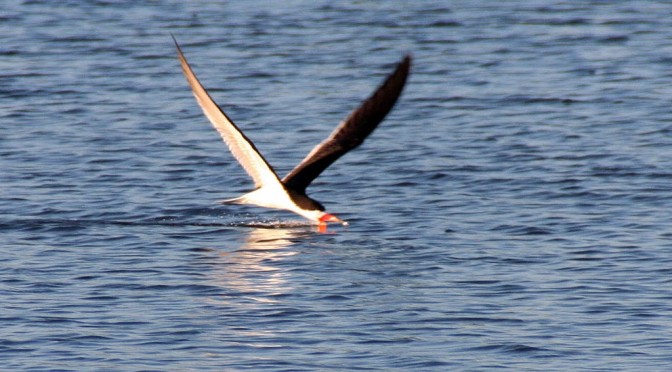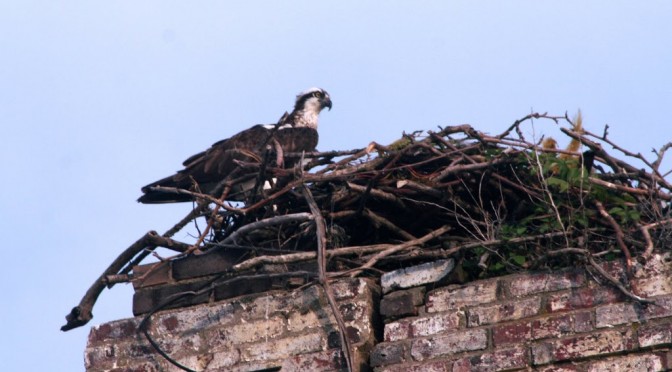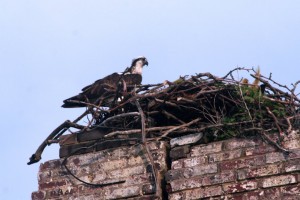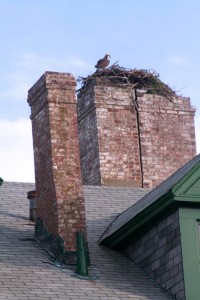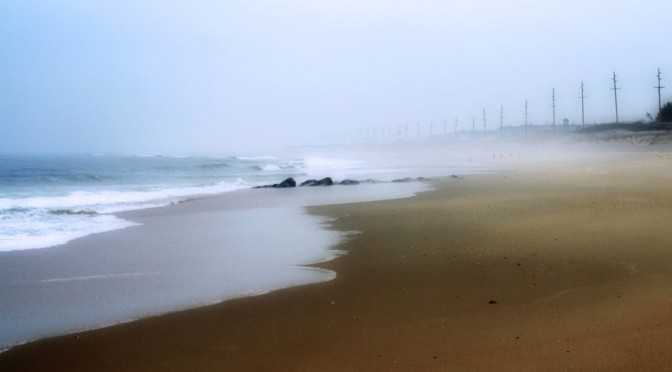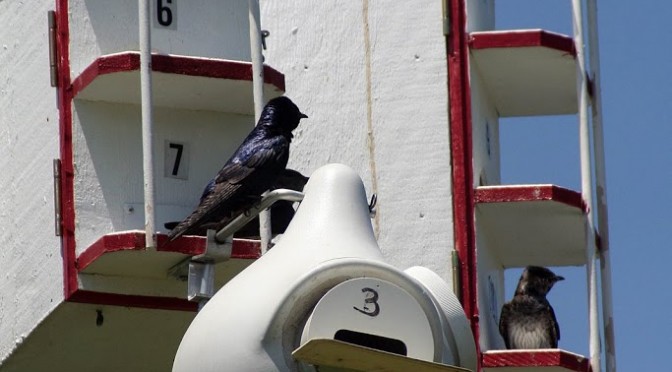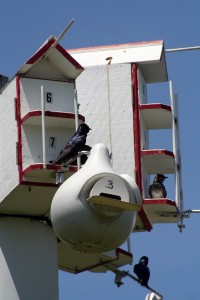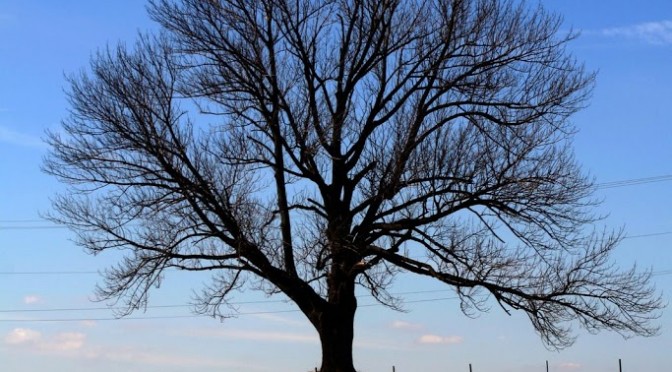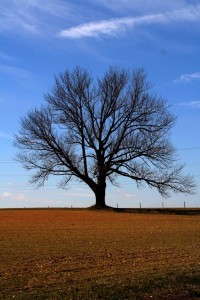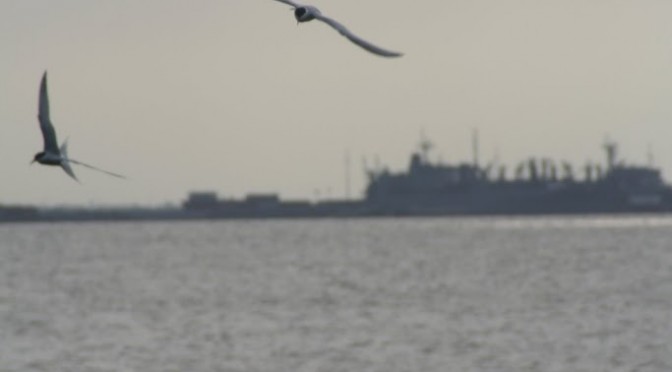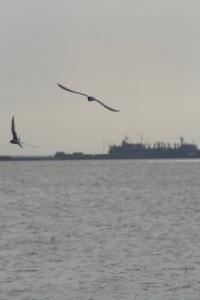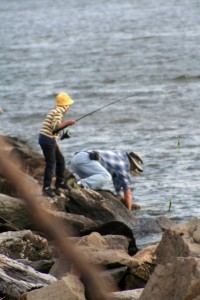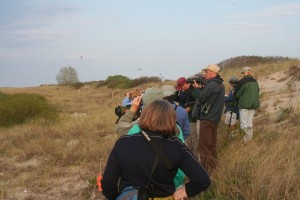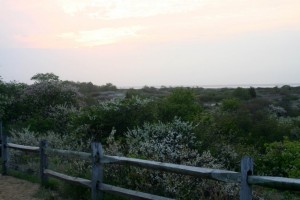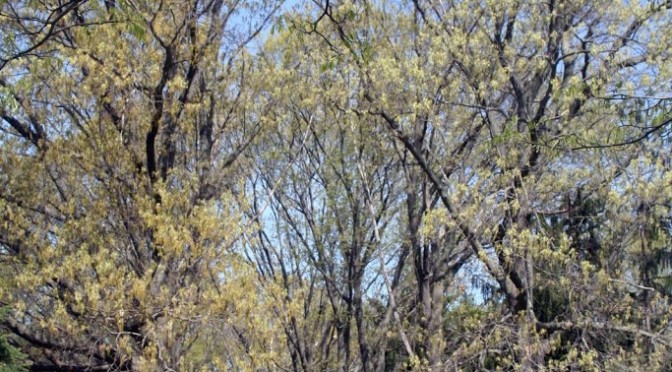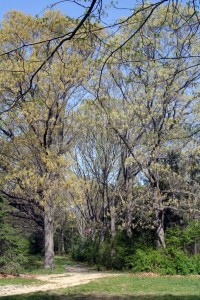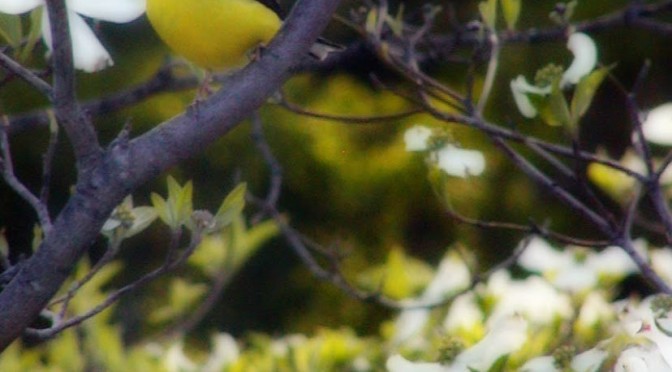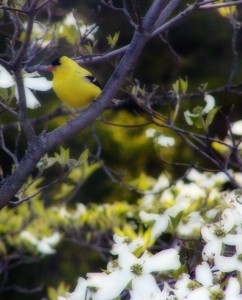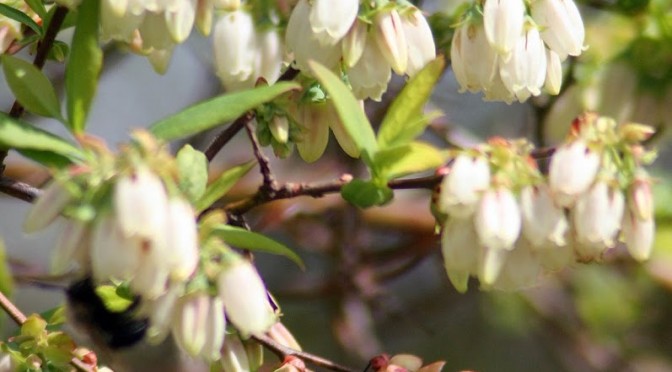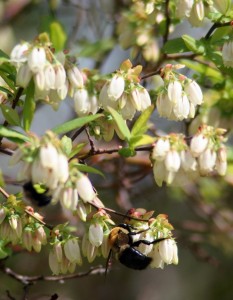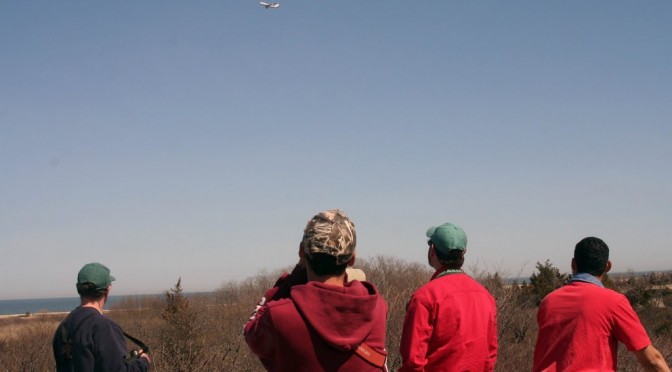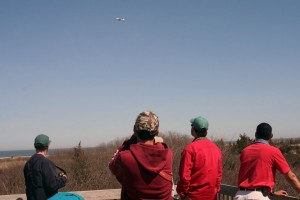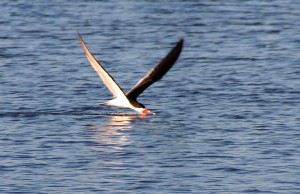 I went fishing for photos this evening, just as the sun was beginning its earnest descent for the day, and came upon another doing its own sort of fishing.
I went fishing for photos this evening, just as the sun was beginning its earnest descent for the day, and came upon another doing its own sort of fishing.
Black skimmers are as magical-looking as they are improbable: the lipstick-bright band that highlights their underbite, the way they twist and turn over the water, alternately showing black on the topside or silver beneath. That I should find them so close to home, just down the street where the small creek widens into something resembling a lagoon, is something of a surpise. I should know better, know that it’s just a matter of being in the right place at the right time.
The cormorants were waiting for something in the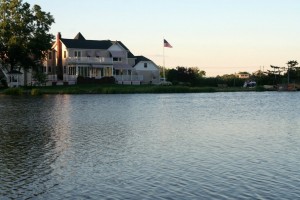 willow overhanging the shoreline, shadows of ducks flew overhead and landed in the water at my feet. A few night herons, silhouetted against the setting sun, the kingfishers dashing back and forth over the creek and I saw this one skimmer, far off in front of an improbably large waterfront home. Oh, how I would love to have this view out my front window!
willow overhanging the shoreline, shadows of ducks flew overhead and landed in the water at my feet. A few night herons, silhouetted against the setting sun, the kingfishers dashing back and forth over the creek and I saw this one skimmer, far off in front of an improbably large waterfront home. Oh, how I would love to have this view out my front window!
Most often I see skimmers from my car while sitting in traffic, waiting for the bridge to go down after the sailboats pass below on the river. It’s always just a glance out the car window, that flash of silver and black, and lipstick red. This evening was a treat to see one coursing along the creek, dipping and turning as it searched the water below. But it’s only ever one or two. At Cape May, in late September, I know to look for the skimmers resting on the beach, facing into the wind, a whole gang of them, looking about as improbable as any bird could.
